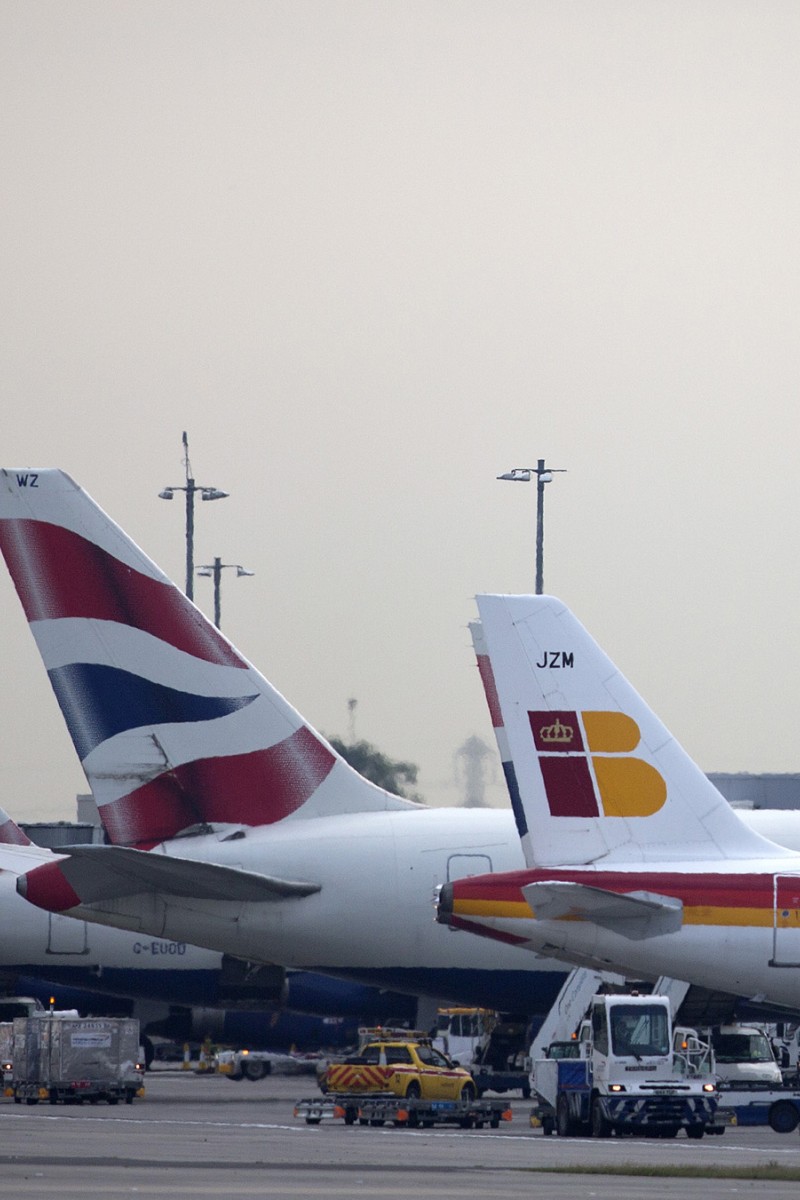
Discover & Innovate: Two flights cheaper than one?
The idea of an airline charging less to travel with connecting flights instead of a direct flight doesn't seem to make sense at first, but actually, it does

Why are connecting flights much cheaper than direct flights towards the same destination even if we have more than two journeys?
Let's say you are planning a trip to Toronto, Canada. When you click on the airline website to make a booking, you find out that it costs HK$8,600 for a direct flight from Hong Kong to Toronto. However, surprisingly, connecting flights that transfer in Beijing are way cheaper, at only HK$6,000. Why is this the case, even if there are two journeys instead of one on the travel list?
Non-stop flights are expensive because we have as few as only one or two flights each day from Hong Kong to Toronto, which we call a supply that is short of demand in economics.
However, if you transfer at a major connecting hub, say a busy international airport such as Tokyo, Seoul or Vancouver, Canada, then more flights are available. It is very likely that both transit legs have more frequent flights every day between the airport and the destinations, compared to the scarce direct flights. Therefore, the greater supply of the connecting flights explains the lower price relative to the non-stop flights.
Another explanation from the supply side could be that fixed costs like fuel costs, which do not change because of the number of passengers on board, are not counted as an important factor when airline companies price the tickets. Instead, the airlines weigh costs that can vary, such as freight and in-flight meals, against additional benefits.
If neither of the flights (from Hong Kong to Beijing and from Beijing to Toronto) is full, the airlines can combine them into a "cheap" connecting flight, which pushes up demand and fills vacant seats.
It seems the extra leg of the transfer flights brings extra costs to airline companies, but in fact as long as the reduced price is still higher than the costs that can vary, this is often a real bargain.
On the demand side, connecting flight passengers get cheaper tickets, but they'll pay a different price - in terms of time and ease. As there are two journeys, they double the chance of flight delays and cancellations or having their luggage lost in transit.
We put these down as understood costs for consumers. That means the customers on non-stop flights pay a price to reduce the risks of wasting time and unnecessary trouble, which is also a good reason the airlines can charge the higher price for direct flights.
Economics is interesting as you can learn the ideas behind the happenings in daily life.